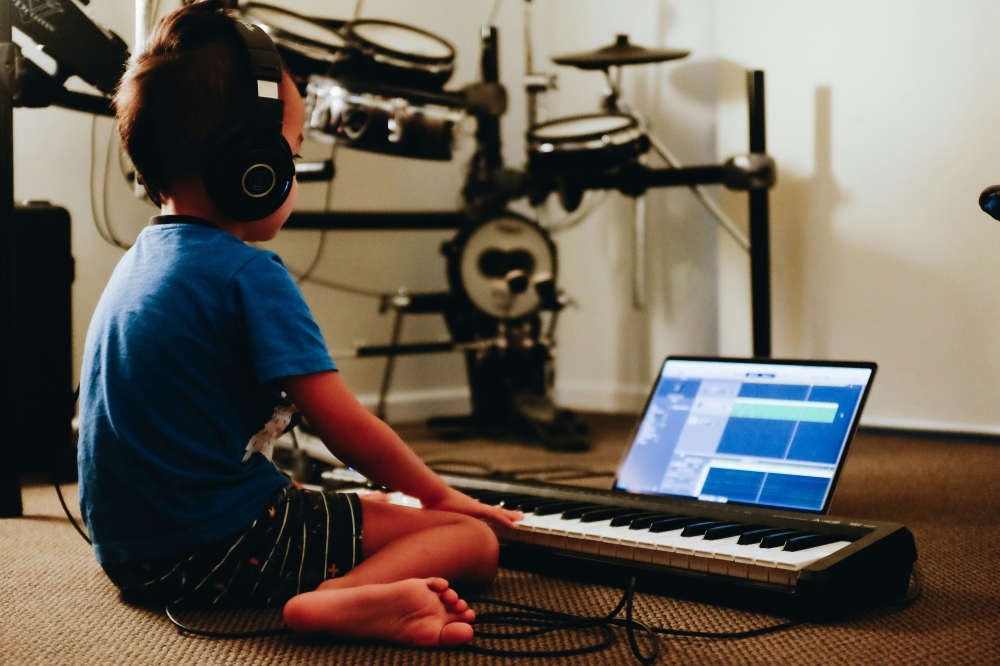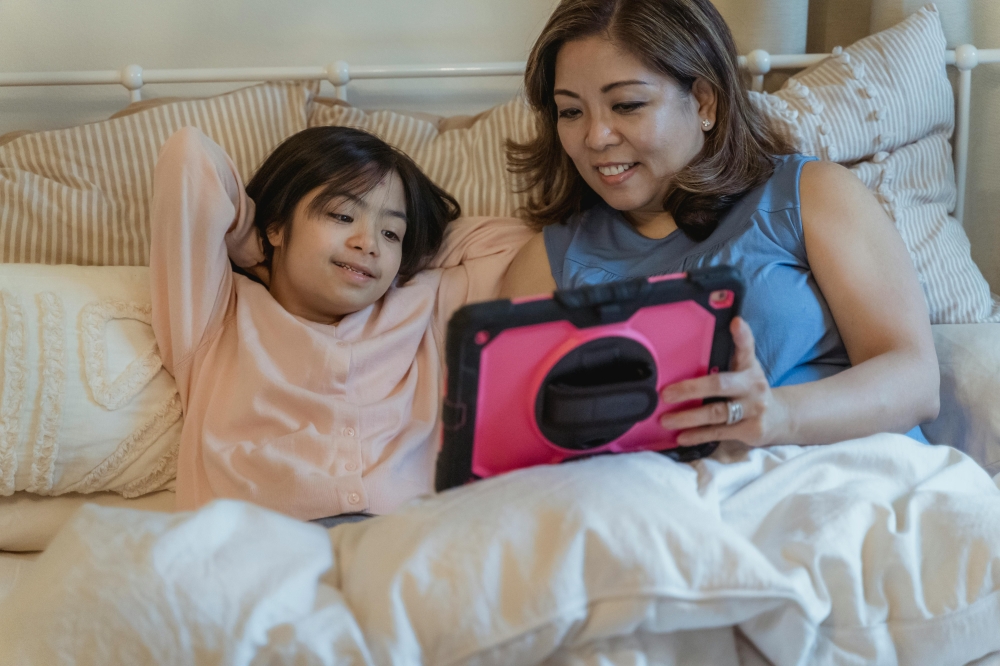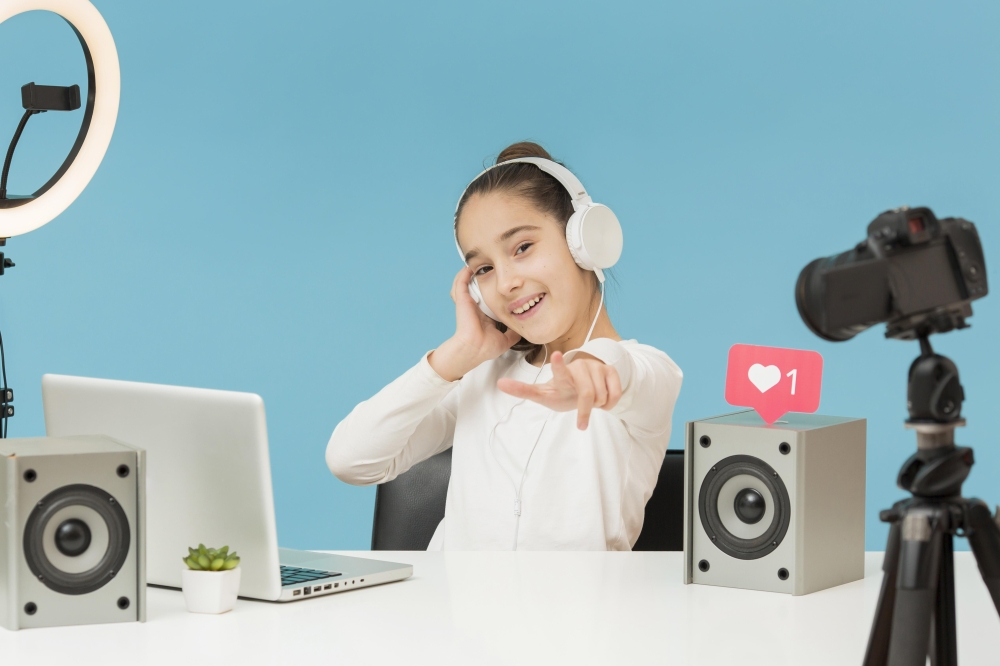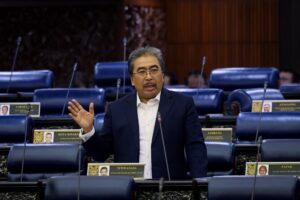KUALA LUMPUR, Oct 5 — A 10-year-old girl is photographed dressed in full designer clothing made for children, and then posts the photo on Instagram.
In the caption, she thanks her sponsors.
The post gets over 12,000 likes, indicating extensive reach thanks to her over a million followers.
More than likely, the sponsorship came after negotiations between the brand and the parents.
A single post like the one described could earn the family up to RM20,000.
Think of influencers marketing for a brand for a paid fee, only this time it’s a minor—a “kidfluencer” in social media lingo.
Today, kidfluencing is rapidly growing into an industry.
While it’s hard to pin down a figure in terms of valuation, some scholars estimate the global child influencing industry to be worth US$8 billion (RM33.6 billion) in 2024.
Alyssa Dezek, at just 12, was reported to be earning up to US$100,000 a month from her YouTube channel and other endorsements in 2020.
Parents may think it’s a good deal. What could be wrong with children earning some money by creating social media content for other children? But child protection experts say the trend belies a more complex problem.
First, what is ‘kidfluencing’?
Kidfluencing is similar to adult “influencing” only that the accounts involve children and teenagers. The age of kidfluencers can range from as young as three, with the oldest by definition being 18.
The type of content varies. One of the most popular forms of kidfluencing is videos of unboxing toys and toy reviews.
Ryan Kaji from the YouTube channel, Ryan’s World, the genre’s poster boy, reportedly earned at least US$25 million from merchandise sales, which totalled over US$250 million in 2021.
A popular form of kidfluencing in Malaysia is family vlogs, mostly of children of well-known celebrities or public figures.
The content usually varies from clips of daily family life to the kids attending special events. One predominant theme in these vlogs is the emphasis on what the children wear — often luxury brands.
Kidfluencing’s ultimate aim is leveraging popularity to earn income through brand sponsorships, advertising revenue, and partnerships, but often with the push of parents.
What do experts think about it?
Sanja Saranovic, Unicef Malaysia’s deputy representative, said while the digital world can be an incredible place for children to learn, explore, and connect, the highly commercialised nature of the internet today exposes children to the risks of exploitation.
“Children are at heightened risk of economic exploitation and digital child labour when they lack meaningful agency and are not afforded the capacity to fully consent to sharing and monetising their content,” she said in an email interview with Malay Mail.
With kidfluencing, the line between play and work can be blurred. Children, who are not legally able to consent, are technically used to generate profit for their parents or a company. Without regulation, filming can sometimes involve long working hours and strong pressure to perform.
Critics of the trend have also pointed to the lack of control over children’s earnings and schedules, effectively making it a form of unregulated child labour.

With kidfluencing, the line between play and work can be blurred. — Unsplash pic
Then there are concerns about the loss of privacy and future identity, as well as online safety risks.
The former involves the creation of permanent digital footprints by broadcasting their lives as children, which they cannot control later in life. Intimate or embarrassing moments shared for content can lead to future social and emotional harm and rob them of the chance to build their own private identity as they mature.
The latter problem exposes child influencers to predators and potential abuse, as their personal details are constantly shared via vlogs and social media posts, especially when online child exploitation is increasingly prevalent.
“The Disrupting Harm in Malaysia study found that around 9 per cent of internet-using children aged between 12 to 17 surveyed in 2022 have received unsolicited sexual comments that made them feel uncomfortable,” Saranovic said.
“The public profile of child influencers may increase the risks of such abuse due to the heightened level of attention and reachability of child influencers — through the multiple channels of communication that are often kept open for business purposes.”
What should be done?

Child protection experts said the trend for ‘kidfluencing’ belies a more complex problem. — Pexels pic
Experts are pushing for regulation. Saranovic said this would involve multi-stakeholder efforts by both the public and businesses, as well as parents.
“Strengthen digital marketing regulations and/or industry standards that consider the rights of children and recognise digital content creation as a risk to child labour,” she said, citing the United States and France where child labour legislation has been enacted to include content creation as work for minors and which governs the hours and compensation of child influencers.
“This includes labour protection, the right to consent, compensation, education and redress, which are key to safeguarding child influencers,” she added.
Unicef said child influencer protection would be a key topic to be discussed at the Asean ICT Forum on Child Online Protection in November this year, as it plays a supporting role with the host, the Ministry of Women, Family and Community Development and the Ministry of Communications.
What about parents’ role?
The overarching message to parents by legal and child protection experts is prioritising the child’s well-being over financial gain.
This means making protecting your children’s privacy paramount. Avoid sharing personal information, such as the child’s full name, exact location or daily routines.
Parents should also separate the child’s identity from the brand, meaning the child should have a life outside of being an influencer. This could be done by using pseudonyms or not showing their face in every video to ensure they have a private life and a separate identity as they grow up.
If the children are already earning from their content, experts suggest setting aside a portion of the earnings in a protected trust fund or a blocked account only they can access when they become an adult.





